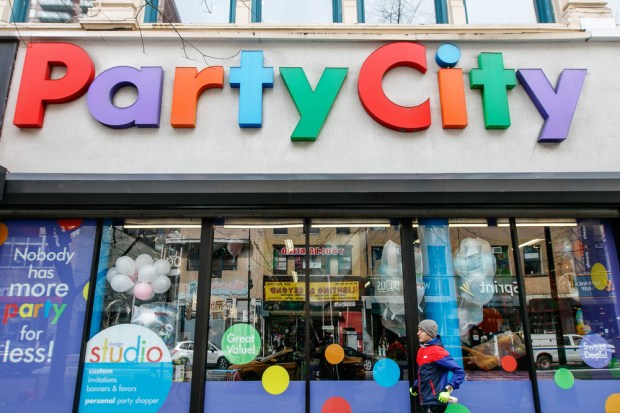Taking The Party (City) To Amazon

Amazon and its ever-expanding marketplace of goods presents a problem that looms large in retail: try to beat ’em or try to join them.
Try to beat ’em is, of course, a tall order, given that Amazon’s market cap clocks in at over $900 billion – a valuation backed by its massive logistics network, army of 100 million loyal Prime customers, web services profit machine and evolving and expanding commerce ecosystem. It’s not impossible to compete, but Amazon’s most notable and intractable competitors are super-sized themselves: Walmart, Google, Target, Apple, etc.
For smaller and medium-sized firms, trying to beat Amazon is beyond a difficult maneuver, and may well actually be impossible at this point. But the mechanics of joining are a bit complex. The advantages of listing on the marketplace are numerous and obvious from the simple point of view of exposure, By some estimates, 50 percent of U.S. eCommerce transactions are done on Amazon – so if one is trying to tap into the digital shopper, the Amazon marketplace is certainly a good place to set out one’s shingle.
It’s not a risk-free approach. Standing out on the Amazon marketplace is not easy, given that millions of sellers are already on it and jockeying for consumer protection. Plus, with Amazon increasingly invested in producing private-label goods of their own, there is for some retailers a concern that selling on Amazon puts them at risk of being in direct competition with an Amazon private-label brand down the line.
For some retailers and brands, the risks outweigh the rewards: Sears, Best Buy, Nike and Chico’s are all big names that have added their shops to the Amazon digital marketplace. And, as of last week, their ranks took on a new member, at least on a provisional basis.
Party City, operator of the soon-to-open Halloween City pop-up stores nationwide (and later this year, the brand will test-run its Toy City pop-ups at 50 U.S. locations), will be taking its fiesta on the digital road, onto the Amazon marketplace.
“Amazon really is probably the world’s largest and most trafficked mall,” CEO James Harrison said of the firm’s decision on an investor call explaining the move.
Party City will not be exactly diving into its relationship with Amazon exactly – at first, it will roll out a select line of Halloween costumes as part of its pilot. If it works out, Toy City and the brand’s other associated Christmas and New Year’s products will roll out toward the end of the year on Amazon marketplace, with perhaps more products to come next year.
“Amazon owns the user experience for customers; it’s the first entry point for shopping for a lot of customers, and it’s created a powerful habit,” eMarketer eCommerce and Retail Analyst Andrew Lipsman told Digiday. “It’s no surprise that Party City decided to fish where the fish are.”
Fishing where the fish are – but also swimming with the sharks a bit, noted Cooper Smith, head of Amazon research at Gartner L2. Toys R Us and Circuit City outsourced their eCommerce businesses to Amazon once upon a time, to mostly disastrous results. Consumers became accustomed to shopping at Amazon for the types of electronics and toys that the retailer sold – at which point, Smith noted, “they stopped going elsewhere.”
Of course, Toys R Us and Circuit City had other, deeply entrenched and separate issues that contributed to their ultimate downfalls – neither are simple cases of being pushed from the market by digital.
Plus, brands like Party City seem to have learned at least some past lessons about how much of their entire retail business they want to represent on Amazon. Party City is unique in that they don’t just sell party goods – they also manufacture their products, which is a bit different from other players in the market who move on to Amazon. And they seem to be proceeding with caution, only releasing certain goods onto Amazon while reserving their full catalog for their own eCommerce site and pop-up shops. The goal, it seems, isn’t to move their digital customers to Amazon – instead, it is to hopefully move some of Amazon’s digital customers over to Party City.
And if there is ever a time to do it, the spooky Halloween season is the time for the move. Halloween is far and away Party City’s biggest season. Last year, consumers last year spent over $9 billion on Halloween costumes and supplies, such as decorations and candy. That was up more than 8 percent from a previous record of $8.4 billion in 2016.
Party City CEO James Harrison said the company wants to make sure that it catches as much of that annual spend as it can – which means catching consumers, particularly the up-and-coming millennial shoppers, who are increasingly looking online for shopping options.
“The program creates an additional channel of distribution that allows us to leverage our dynamic manufacturing and distribution capabilities,” Harrison noted.
